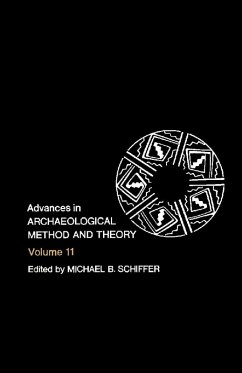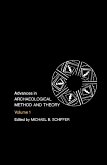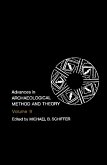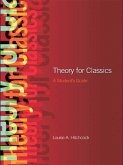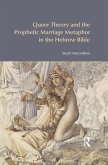Advances in Archaeological Method and Theory, Volume 11 is a collection of papers that discusses world systems theory, modeling interregional interaction in prehistory, and the archaeological analysis of ceramics. Some papers review dating and weathering of inorganic materials, strategies for paleo-environmental reconstruction, as well as deposits and depositional events. One paper reviews the Old World state formation that occurred in West Asia during the fourth and third millennia B.C. Another paper examines the role of interactions among societies in the process of local social change, and the need for archaeologists to develop a framework in which to analyze intersocietal interaction processes. The presence of items such as ceramics is associated directly to factors of availability, functions, economic values, or ethnic affiliation. As an example, one paper cites the use and misuse of English and American ceramics in archaeological analysis in identifying cultural patterns and human behavior. Another paper notes that each biological or mechanical agent of transport and deposition has its own respective attributes on a deposit where the attributes of sedimentary particles on the deposit can be defined. From such definitions, the archaeologists can make observations and inferences. Sociologists, anthropologist, ethnographers, museum curators, professional or amateur archaeologists, and academicians studying historical antiquities will find the collection very useful.
Dieser Download kann aus rechtlichen Gründen nur mit Rechnungsadresse in A, B, BG, CY, CZ, D, DK, EW, E, FIN, F, GR, HR, H, IRL, I, LT, L, LR, M, NL, PL, P, R, S, SLO, SK ausgeliefert werden.

